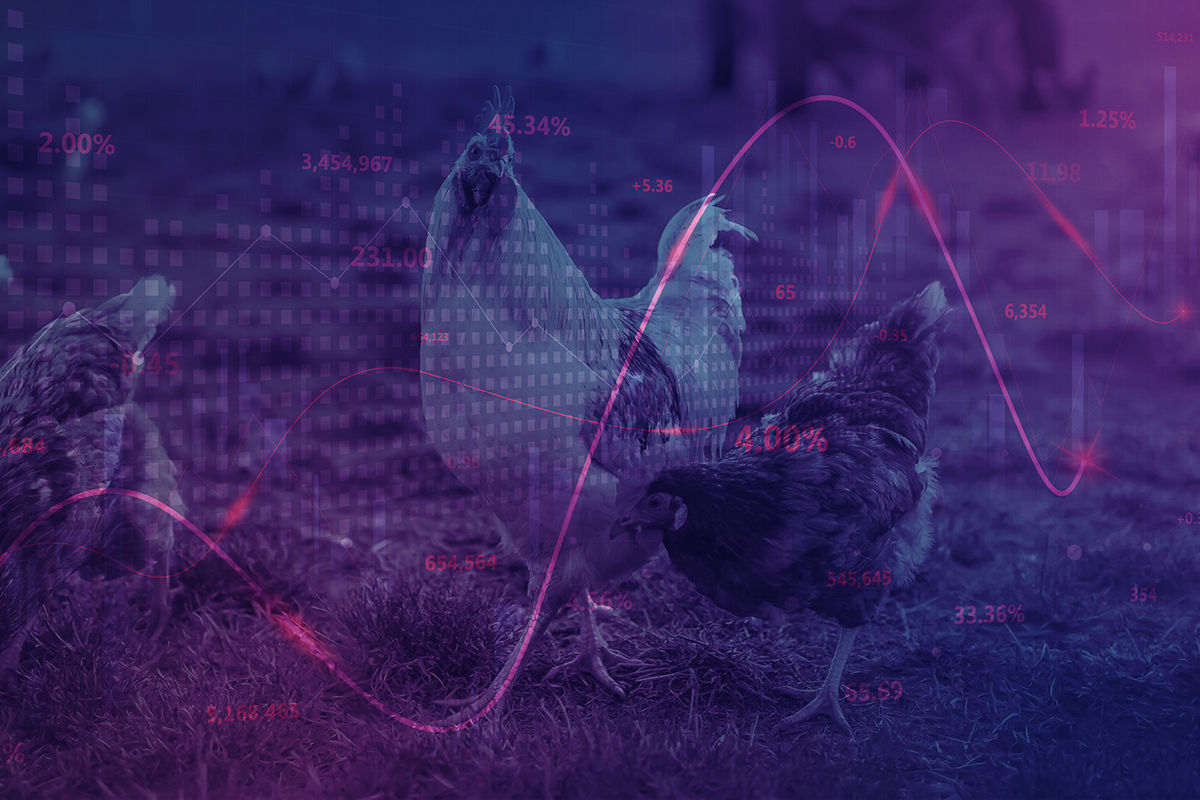Global Protein Market Update: Insights from Livestock Analyst Jim Wyckoff
Date: February 7, 2025 | Reading Time: 12 minutes
Weekly USDA Beef and Pork Export Sales
In the latest USDA report, net sales for U.S. beef reached 24,900 metric tons (MT) for the year 2025. Key destinations included South Korea, Japan, and China, while there were some reductions noted in sales to the United Kingdom. Notably, South Korea accounted for 5,700 MT of the total exports, followed by Japan at 5,000 MT and China at 3,700 MT.
However, the report also indicated adjustments to accumulated exports, with a downward revision of 9,851 MT across various regions. The Dominican Republic and Ecuador were among the countries affected, with their export figures revised to 1,837 MT and 1,765 MT, respectively. These adjustments were attributed to reporting errors.
On the pork side, net sales for 2025 reached 50,700 MT, led primarily by Mexico, South Korea, and Japan. Exports totaled 37,800 MT, with Mexico again taking the lead. Similar to the beef report, adjustments were made to accumulated pork exports, with a decrease of 6,487 MT, impacting countries such as the Bahamas and the Dominican Republic due to prior reporting inaccuracies.
Uncertainty Surrounds USDA’s July Cattle Report
The future of USDA’s National Agricultural Statistics Service (NASS) July Cattle Inventory report remains uncertain. Citing budget constraints, the USDA had previously canceled the July report in April 2024, leaving the industry reliant solely on the January report for annual data. Industry stakeholders, including the National Cattlemen’s Beef Association, are actively lobbying for the reinstatement of this crucial report, which is estimated to require funding of approximately $550,000.
Rising Egg Prices Challenge Bakeries and Restaurants
The avian flu outbreak has sent egg prices soaring by over 36%, presenting significant challenges for bakeries and restaurants. Some establishments have reported nearly doubling their egg costs, forcing them to rethink pricing strategies. Waffle House, a prominent chain with around 2,100 locations, has implemented a 50-cent surcharge for each egg ordered. This measure is viewed as a temporary solution to cope with the unprecedented rise in costs without raising overall menu prices.
The USDA reports that approximately 104 million egg-laying birds have been culled in the past two years, with 29 million lost since October alone. Recent data shows that 80 commercial flocks and 43 backyard flocks across various states have been affected. The nationwide average price for a dozen eggs reached $4.15 in December, but prices have surged to as high as $7.08 wholesale in the Midwest and $11.99 for cage-free eggs in New York City.
To address the crisis, members of the United Egg Producers (UEP) are urging lawmakers to take immediate action against the ongoing bird flu outbreak, which has resulted in the loss of 20 million birds in 2025. UEP is advocating for the development of an animal vaccination strategy and enhanced biosecurity measures.
U.S. Beef Production Cuts Amidst Negative Margins
Beef packer margins have turned deeply negative, exceeding $100 per head. Consequently, packers have reduced production levels, with weekly estimated slaughter numbers dipping below 600,000 head. This trend, coupled with the availability of fresh contracted supplies, may signal an end to the lengthy streak of historic cash cattle prices that the industry has enjoyed.
Resumption of Cattle and Bison Imports from Mexico
The USDA’s Animal and Plant Health Inspection Service (APHIS) is set to resume imports of cattle and bison from Mexico after a temporary suspension due to a New World screwworm outbreak. New protocols have been established, allowing for designated pre-export inspection pens in Chihuahua and Sonora, where livestock will undergo veterinary inspections before crossing into the U.S.
U.S. Cattle Herd Decline and Limited Expansion Signs
As of January 1, 2025, USDA estimates indicate a U.S. cattle herd of 86.662 million head, a decrease of 495,000 head (0.6%) from the previous year and the lowest figure recorded since 1951. The beef cow herd also saw a decline to 27.864 million head. The anticipated calf crop for 2024 is estimated at 33.530 million head, reflecting a slight decrease.
Dairy Margin Coverage Enrollment Open
The Dairy Margin Coverage (DMC) program registration period is now open, running from January 29 to March 31, 2025. Coverage will be retroactive to January 1, utilizing adjusted base production history from 2024. The DMC program has been extended under recent spending measures related to the 2018 Farm Bill.
Cargill to Close Arkansas Turkey Plant
Cargill has announced the closure of its turkey processing facility in Springdale, Arkansas, effective August 1. This shift is part of a broader strategy to reduce its global workforce by 5% amid declining earnings in its meat, grain, and oilseed sectors. Processing operations will be consolidated to plants in Missouri and Virginia.
Weekly USDA Dairy Report Highlights
As of January 31, the CME Group cash markets reported the following dairy prices:
- Butter: Grade AA closed at $2.4325, with an average of $2.4745.
- Cheese: Barrels closed at $1.8100, while 40# blocks reached $1.8775.
- Nonfat Dry Milk: Grade A closed at $1.3450.
- Dry Whey: Extra grade dry whey closed at $0.6400.
Demand for butter remains steady in the retail sector, with production schedules noted as strong. Cheese production is also trending positively, with robust demand from both retail and foodservice sectors.
In summary, the global protein market faces a multitude of challenges and changes, from fluctuating export sales and rising egg prices to significant shifts in livestock production. Stakeholders across the industry are urged to stay informed and adapt to these evolving dynamics.



